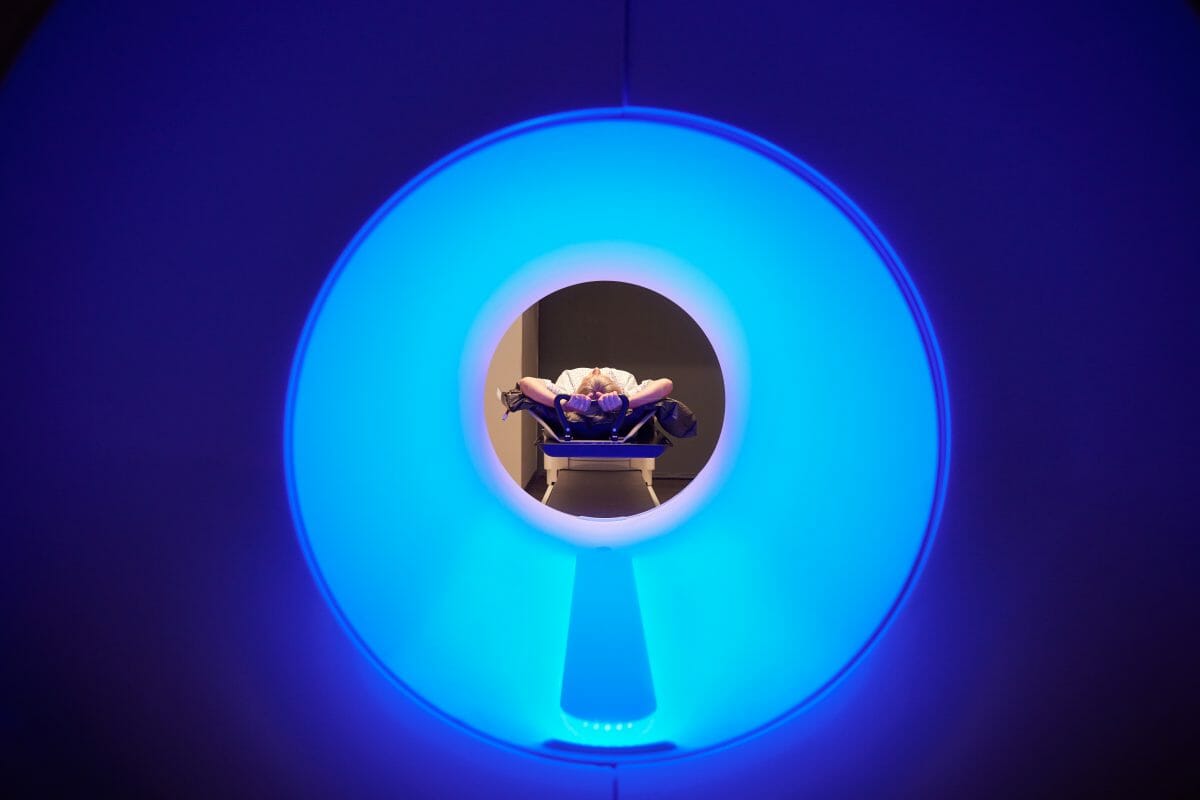RefleXion Medical, a therapeutic oncology company, today announced that the first patient has completed treatment with SCINTIX™ biology-guided radiotherapy on the RefleXion® X1 machine at the Stanford Medicine Cancer Center. SCINTIX therapy is a cutting-edge radiopharmaceutical-directed treatment applicable for early and late-stage cancers that uses the individual biology of each tumor to drive its own treatment.
“We are elated that Stanford Medicine is the first healthcare provider to deliver SCINTIX treatment, marking the first delivery of autonomous radiotherapy,” said Sam Mazin, Ph.D., founder and CTO of RefleXion.“We have been working toward this milestone for over a decade, and on behalf of everyone at RefleXion, I want to thank our early adopter clinical sites, numerous advisors, and our investors for working alongside us to develop and bring to market this new option for patients with all stages of solid tumors.”
The FDA cleared SCINTIX biology-guided radiotherapy to treat patients with lung and bone tumors. These tumors may arise from primary cancers or from metastatic lesions spread from other cancers in the body. Prior to this, SCINTIX therapy was also designated as a Breakthrough Device for treating lung tumors due to its potential to precisely manage tumor motion.
“This first SCINTIX treatment is a watershed moment for physicians and patients alike because finally, we have a technology with the potential to meet the challenges of treating metastatic disease head on,” said Todd Powell, president and CEO of RefleXion. “Clinical literature and emerging practice guidelines are beginning to incorporate the importance of treating all visible disease in certain cancers. SCINTIX was conceived with that end in mind, and to work in combination with drug therapies to improve outcomes, especially for patients with advanced-stage cancers.”
Over the next several weeks, multiple renowned cancer centers in the United States, including City of Hope Comprehensive Cancer Center in Southern California, and sites in Pennsylvania and Texas will begin offering SCINTIX therapy. By the end of 2023, SCINTIX therapy will also be available in New Jersey, Connecticut and Oregon.
Overcoming the hurdles of targeting and motion management, especially for multiple tumors, is the main challenge preventing external-beam radiotherapy from efficiently treating metastatic cancer. SCINTIX therapy uses emissions from cancer cells created by injecting the patient with a radiopharmaceutical to deliver a radiation dose that continuously and autonomously targets the cancer itself. Moreover, this fundamental capability simultaneously lights up all indicated cancer targets in the body during treatment. The X1 with SCINTIX is the only dual-treatment modality radiotherapy platform in the world that can treat patients with indicated solid tumors of any stage.


